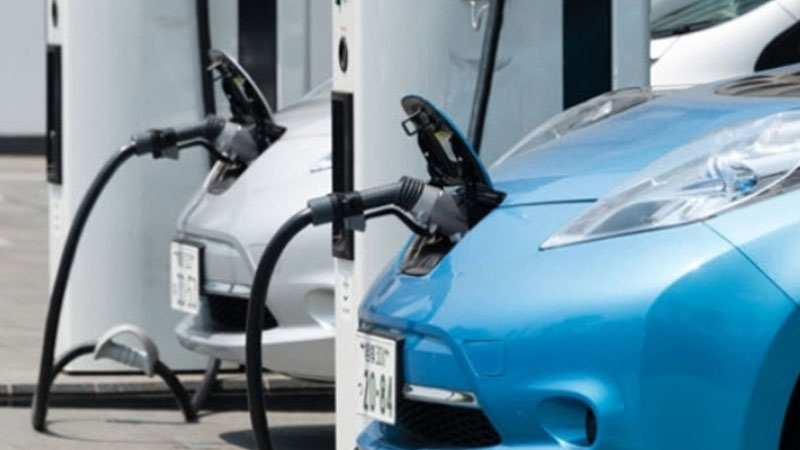Meeting the rapid increase in demand from EVs is a challenge for many of the largest utilities in the country. Its inevitable. And it can be met with the right technology and planning.
EV Growth vs. Renewable Mandates: How Storage Can Solve the Utility Dilemma
Contributed by | Sunverge
Transportation has become the largest source of greenhouse gas emissions in the US, pulling ahead of the power sector this year. Reducing those emissions by promoting the use of EVs is a national priority – and as a result, EV sales are increasing exponentially. California alone could have more than a million EVs registered there by 2025, according to Moody’s projections, while other forecasts predict there will be four million of them on the road across the US by 2024.

This creates an enormous shift in energy sourcing from gasoline to electricity. In addition to home charging or connections at parking garages or businesses, public charging stations have already begun to supplement gas stations around the country. Owners of BMW’s i3 EV can purchase access to a nationwide system of charging stations. The Federal Highway Administration just announced it will create a national network of “alternative fuel” corridors across 35 states, including charging stations from coast to coast.
Utilities will have to be prepared to absorb this shift in demand. And it’s a lot. In California, EVs will account for as much as two-thirds of load growth for the state’s utilities by 2030. Other states that have significant EV registrations today – Florida, Georgia, New York, Texas, Washington top the list – are facing a similar shift.
It’s going to be very difficult to generate enough energy from renewable sources to meet this demand. That puts utilities in a tight spot: The American Public Power Association noted that could force some utilities to increase their use of coal-fired generation. So the effort to reduce emissions from transportation would just shift those emissions back to the power sector.
That’s not a great place for utilities to be.
Part of the answer, of course, is to greatly increase the rooftop solar capacity installed on residential and commercial buildings. Since most EV charging happens when the vehicles are parked at home or at work, it makes sense to increase the availability of renewable energy at the charging station to reduce demand on the grid.
But solar alone can’t solve the problem. The only way we can is to make much more efficient use of that renewable generation by combining it with intelligent behind-the-meter storage.
First, storage will make it possible to capture all the solar being generated, and then use it to charge the EV after dark. Second, the ability to aggregate stored energy creates a more flexible system that can direct extra power to “fast” charging systems that can fill an EV in a relatively short time, or otherwise shift available energy around the grid.
It’s going to require intelligence and automation to get the most efficiency out of either approach. Figuring out the ideal time to charge storage or tap into it, or to switch the EV recharge on or off dynamically based on overall demand, isn’t suited to a manual process. That’s a job for apps and analytics (and it also creates a service that utilities can offer to EV owners, creating a new revenue stream).
Meeting the rapid increase in demand from EVs is a challenge for many of the largest utilities in the country. It’s inevitable. And it can be met with the right technology and planning.
With the rapid growth of EVs, embracing energy storage in an intelligent way can help utilities address the issue now. If you want a detailed explanation – read this whitepaper.
The content & opinions in this article are the author’s and do not necessarily represent the views of AltEnergyMag
Comments (0)
This post does not have any comments. Be the first to leave a comment below.
Featured Product

